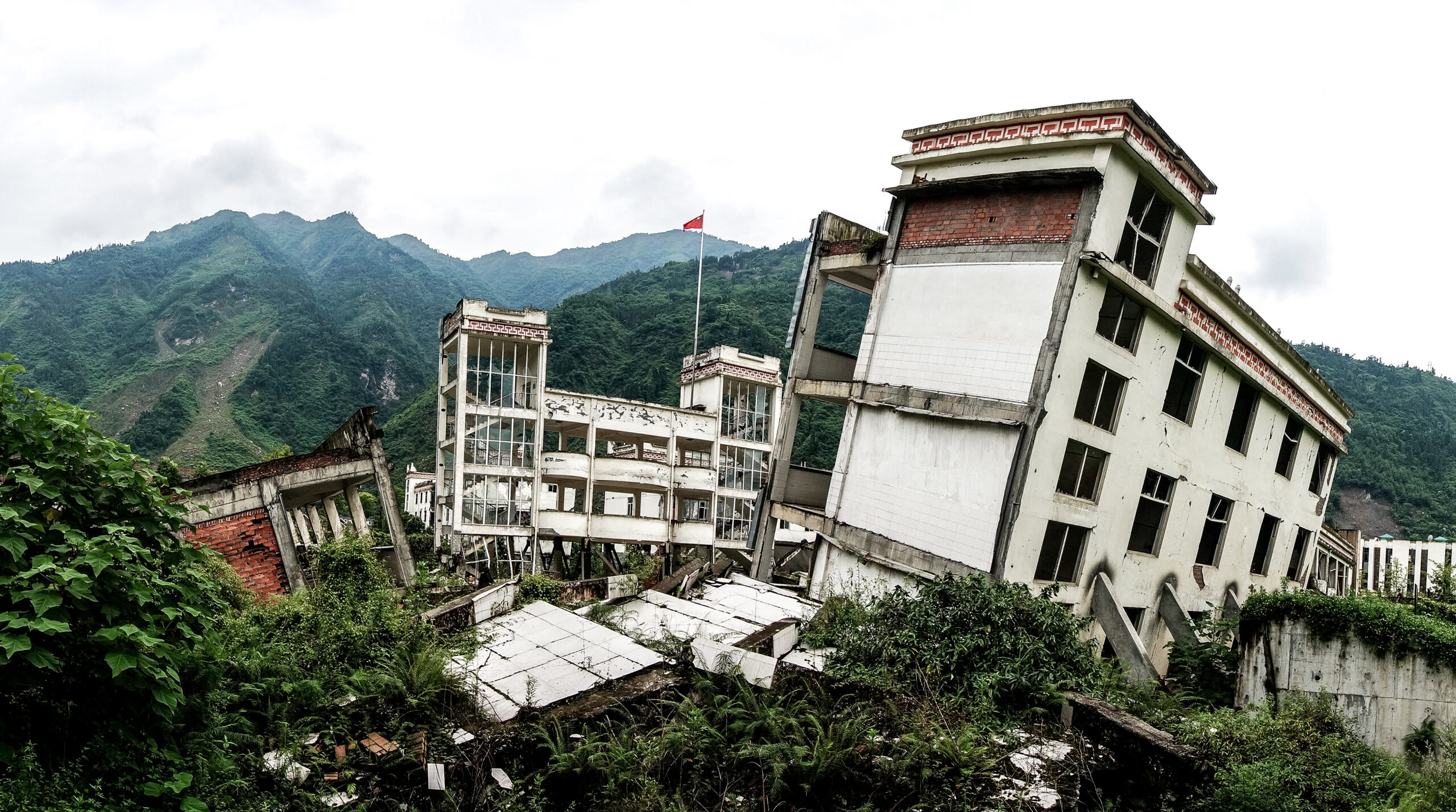The Next Generation Of Anticorrosion Technology – Jianguo Wang, AnCatt
Original Article Reference:
https://doi.org/10.33548/SCIENTIA387
Share Episode
About this episode
This work is licensed under a Creative Commons Attribution 4.0 International License. 
What does this mean?
Share: You can copy and redistribute the material in any medium
or format
Adapt: You can change, and build upon the material for any
purpose, even commercially.
Credit: You must give appropriate credit, provide a link to the
license, and indicate if changes were made.
Related episodes
Do Security and Regulation Failures Put Women’s Health Data, Their Privacy and Even Their Safety at Risk?
Recent research from Professor Maryam Mehrnezhad at the Information Security Department, Royal Holloway University of London and a team of researchers reveals widespread privacy, security and regulatory failings in female-oriented health technologies (also known as FemTech). The researchers’ comprehensive analysis demonstrates how current practices leave sensitive health information vulnerable, while highlighting an urgent need for reform across technical, legal and social dimensions of digital healthcare.
Dr. Luc Raijmakers | Comparing Simplified Physics-Based Models for Lithium-Ion Batteries
In order to operate safely and efficiently, lithium-ion batteries rely on battery management systems to monitor their state and to control their operation. An essential part of this process is modelling battery behaviour under different conditions to predict performance and prevent failures. To do this efficiently, it is crucial to simplify the underlying physical processes, while sacrificing as little accuracy as possible. Through their research, Dr. Luc Raijmakers and colleagues at the Jülich Research Centre, Germany, compare various different approaches to simplifying simulations. Their results could make it easier for battery operators to decide which approach is best suited to their requirements for accuracy and computational efficiency.
Prof. Dr. Ralf Klessen | Reviewing the formation of the universe’s first stars
Before the universe was illuminated by stars, most of its observable matter existed in a roughly even distribution of hydrogen and helium. As these materials collapsed under their own gravity, they would have heated up, initially preventing them from collapsing further to densities high enough for stars to form. As part of a new review, Prof. Dr. Ralf Klessen and Prof. Dr. Simon Glover at Heidelberg University investigate the chemical mechanisms which enabled this primordial gas to cool and fragment to form the universe’s first generation of stars.
Dr. Zhe Su | Understanding the twisted tectonics of the Sichuan basin
The Sichuan basin in southern China is a region of deep geological and seismological complexity, which has so far prevented researchers from understanding its tectonic past. Through fresh analysis of previous observations, combined with the latest modelling techniques, a team led by Dr. Zhe Su at the National Institute of Natural Hazards, Beijing, suggests for the first time that the entire Sichuan basin is slowly rotating. Their result could explain the origins of one of the deadliest earthquakes in living memory, and could also help seismologists to better predict when earthquakes will strike the region in the future.
Increase the impact of your research
• Good science communication encourages everyday people to be scientifically literate so that they can analyse the integrity and legitimacy of information.
• Good science communication encourages people into STEM-related fields of study and employment.
• Good public science communication fosters a community around research that includes both members of the public, policymakers and scientists.
• In a recent survey, 75% of people suggested they would prefer to listen to an interesting story than read it.

Upload your science paper
Step 2
SciPod script written
Step 3
Voice audio recorded
Step 4
SciPod published




